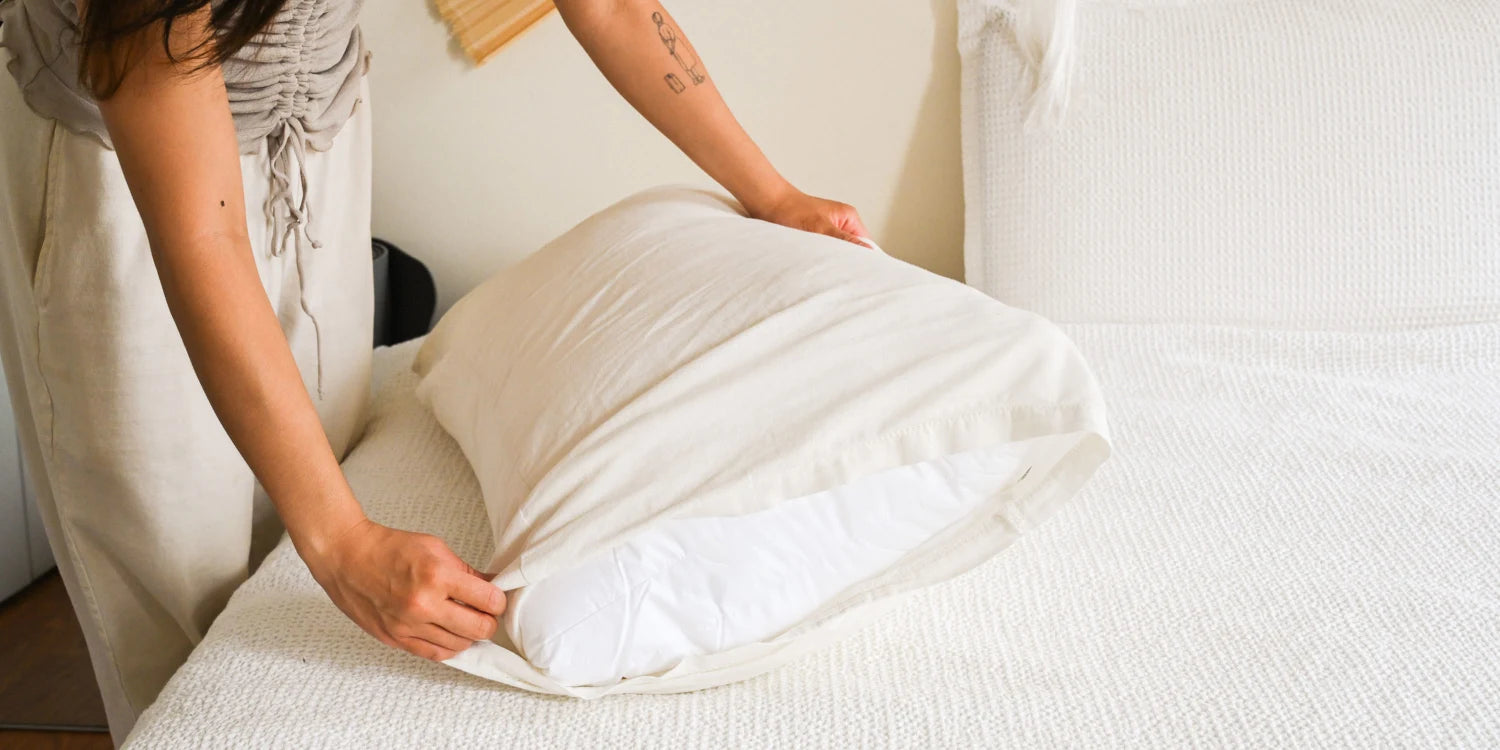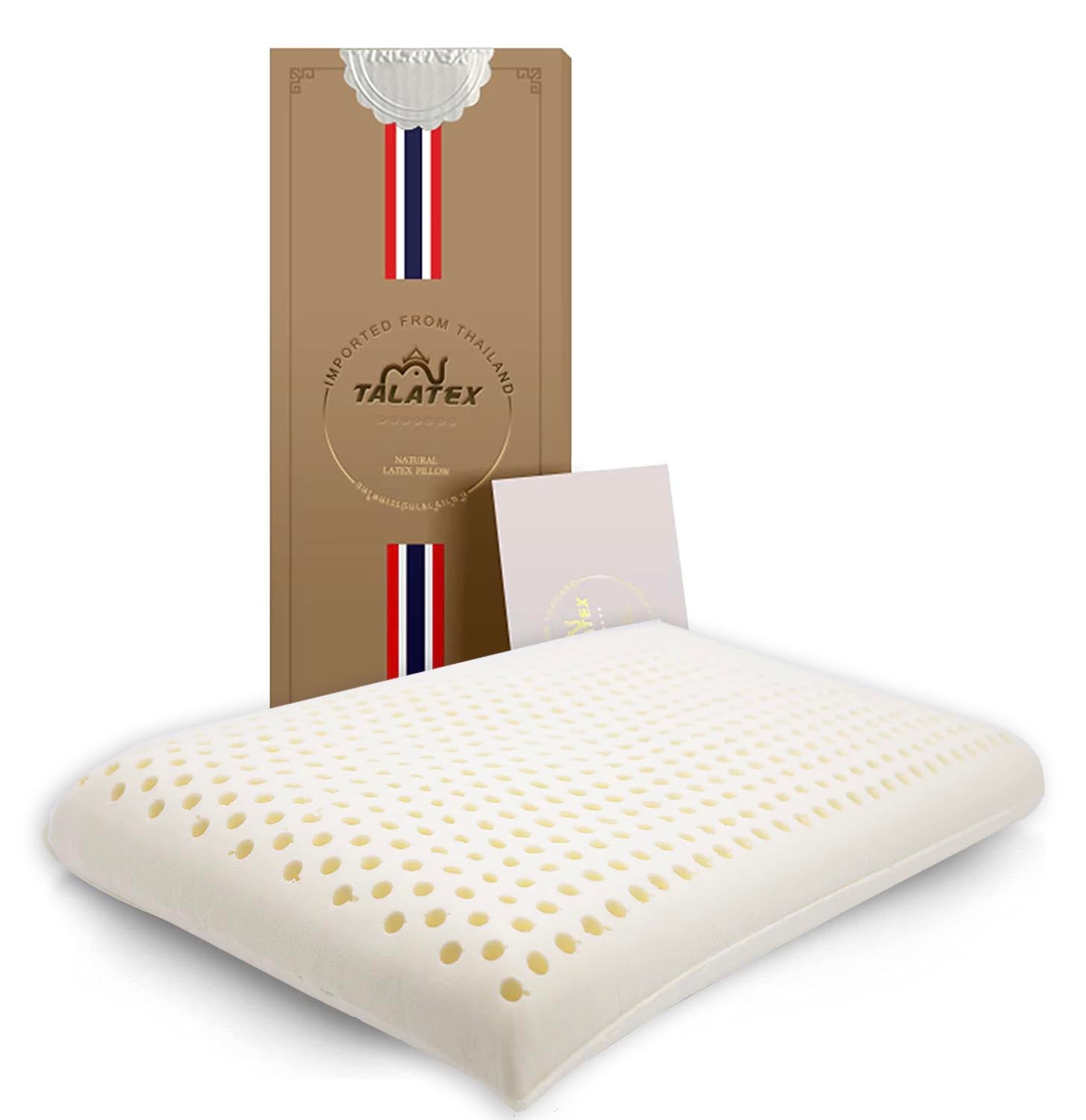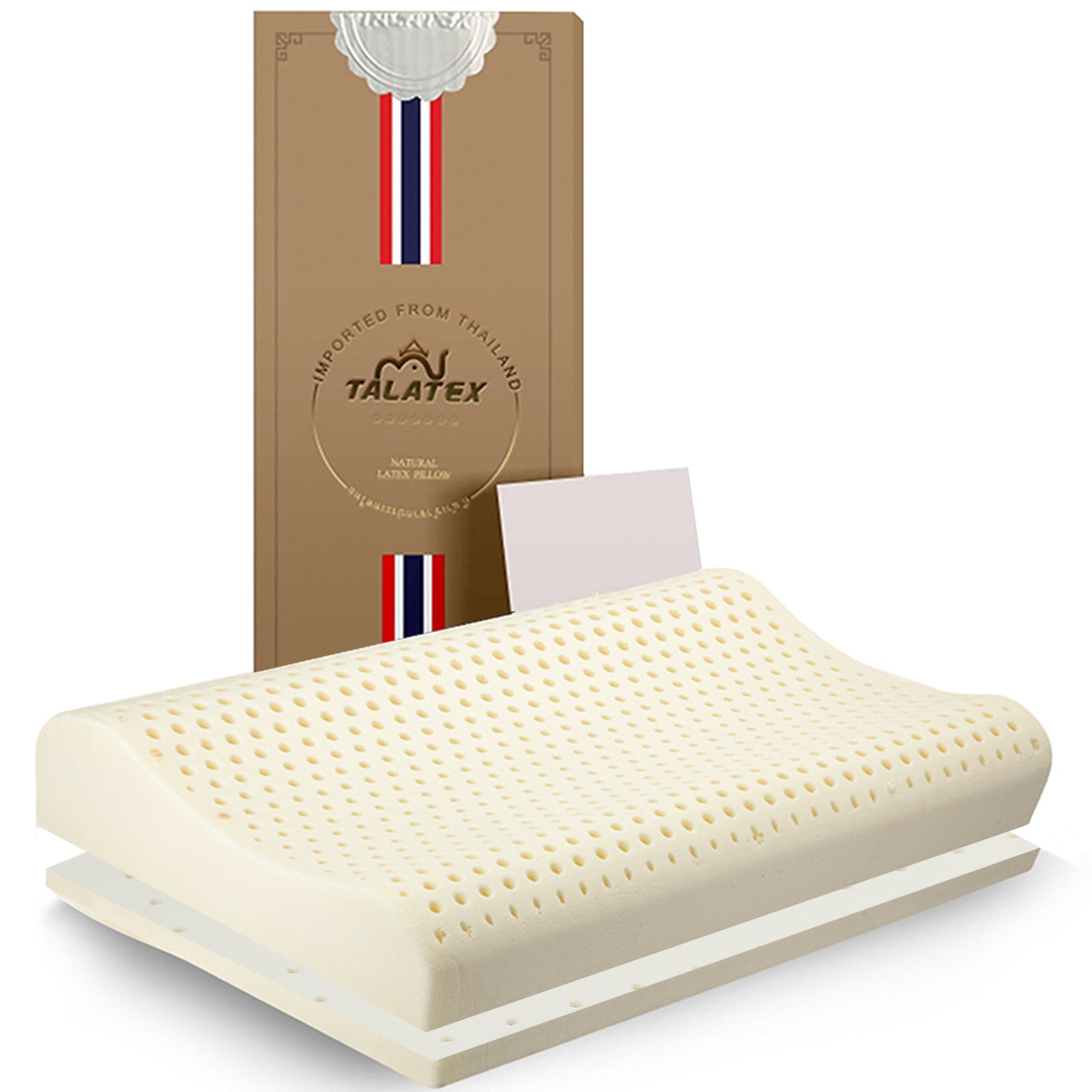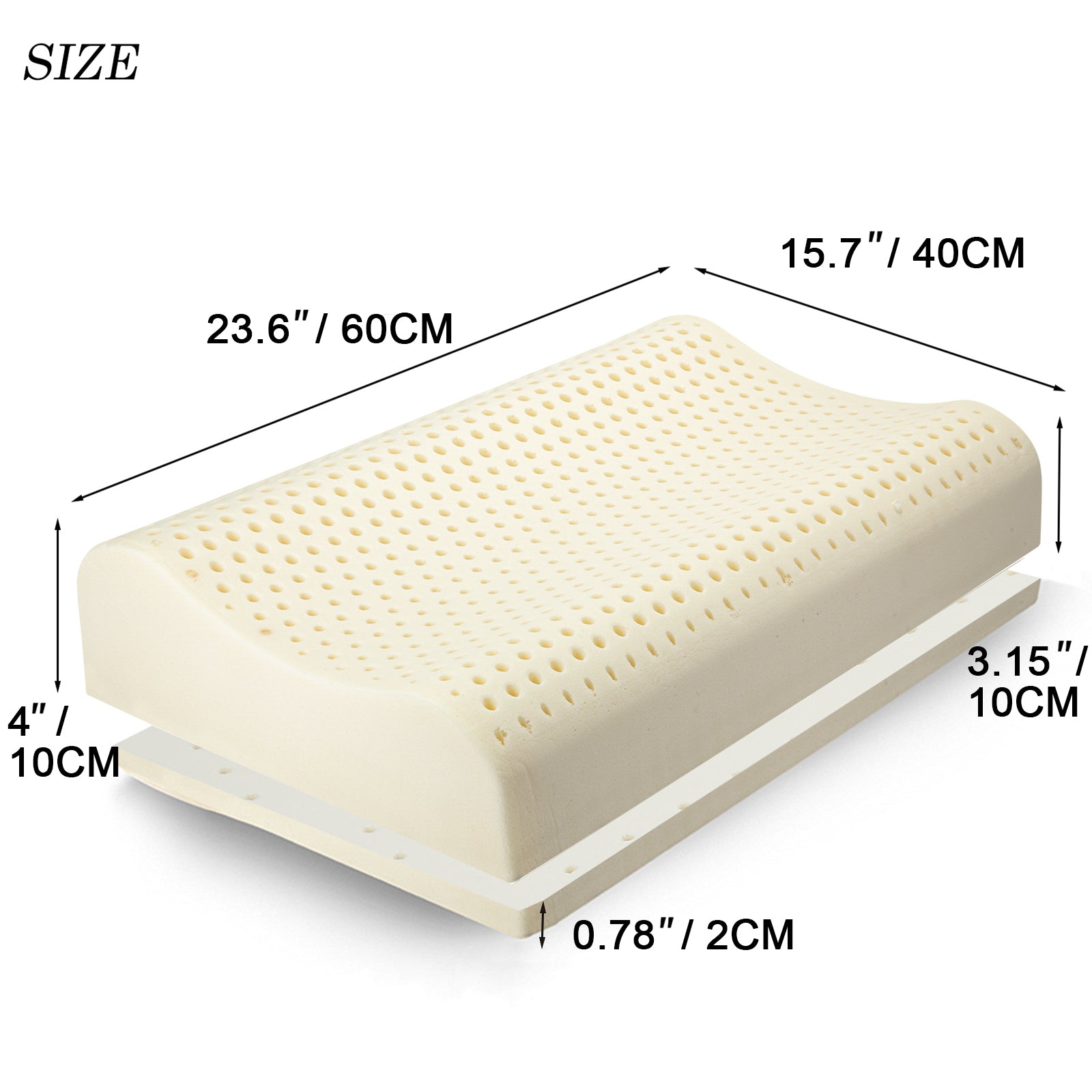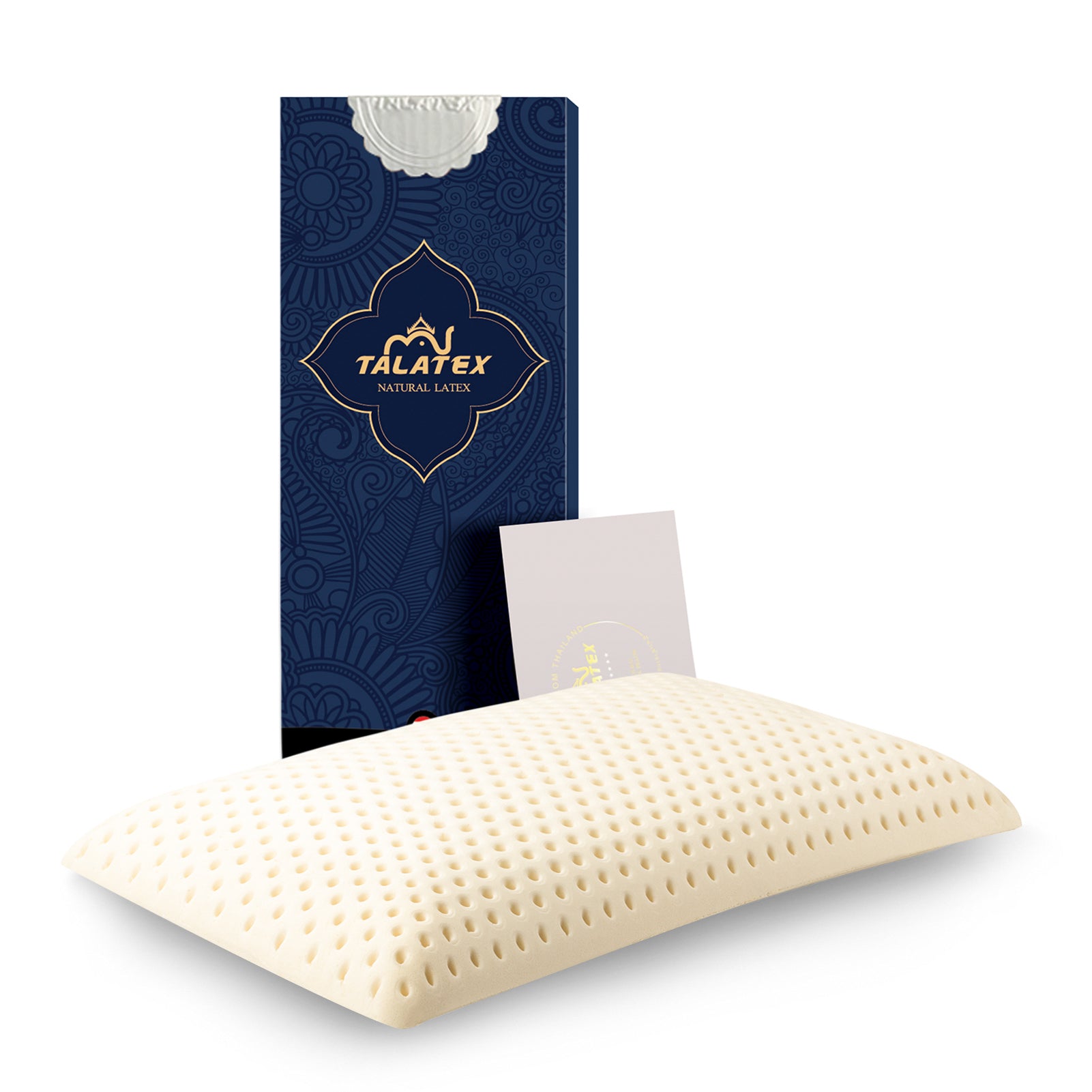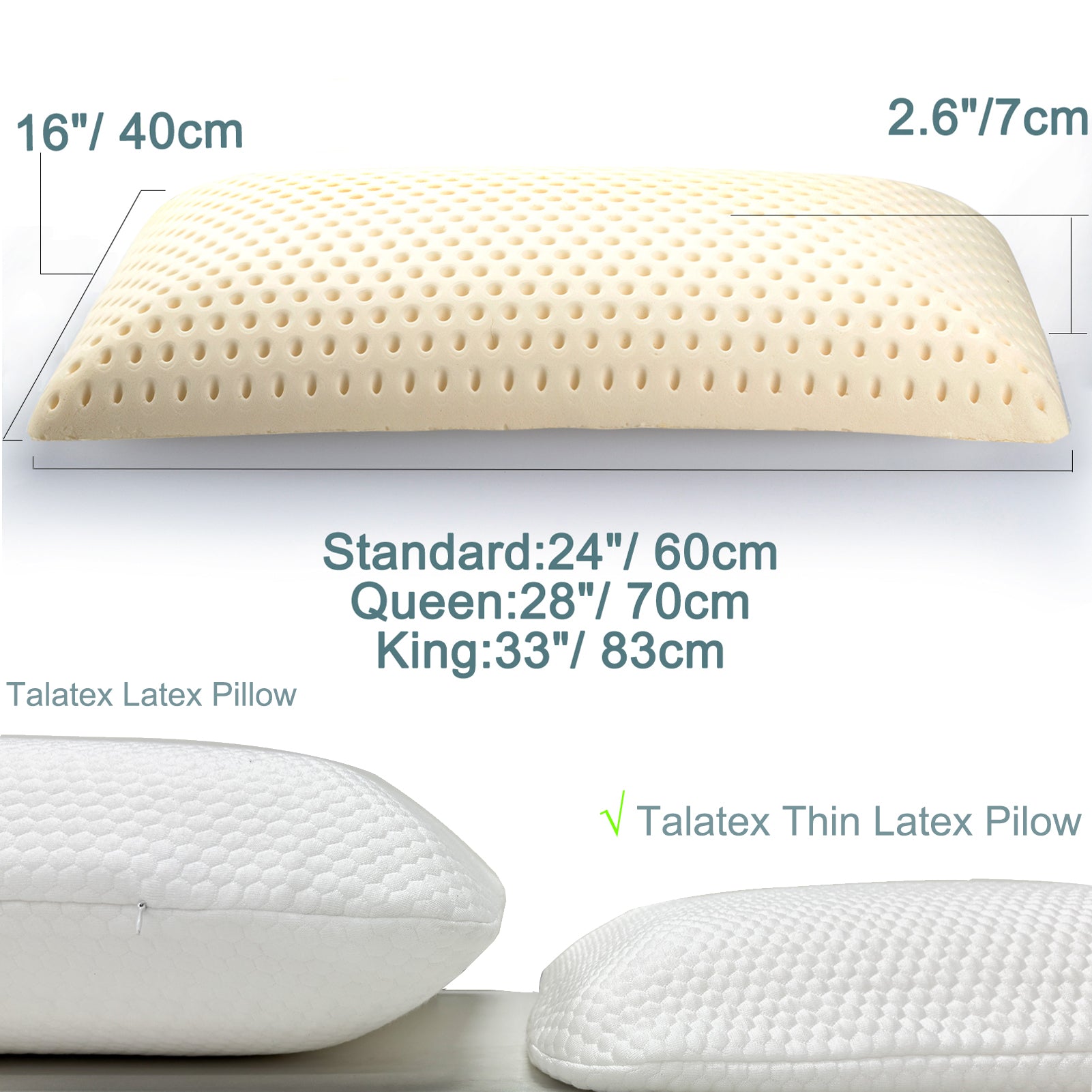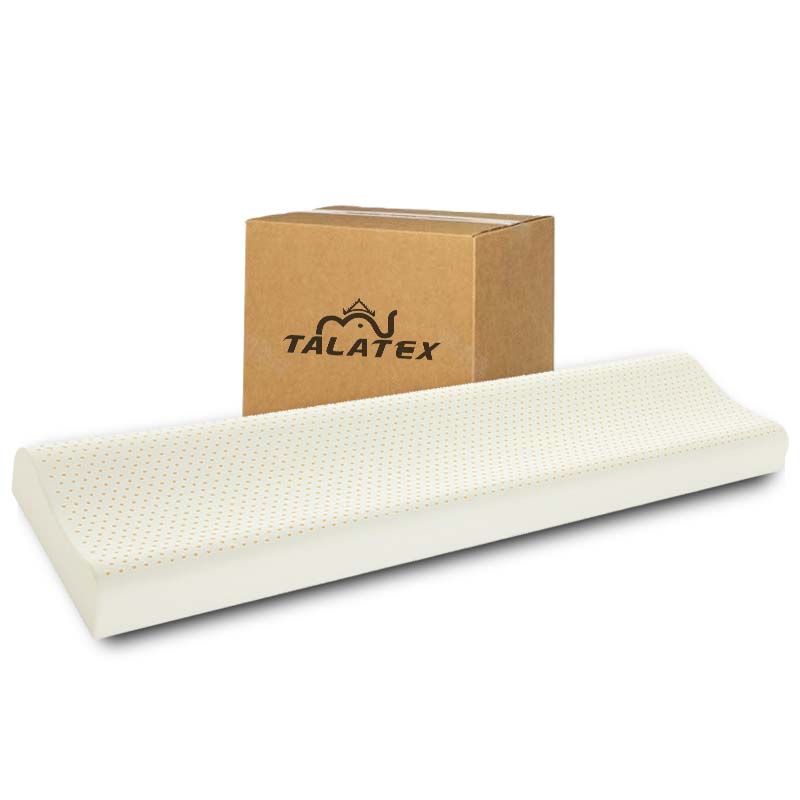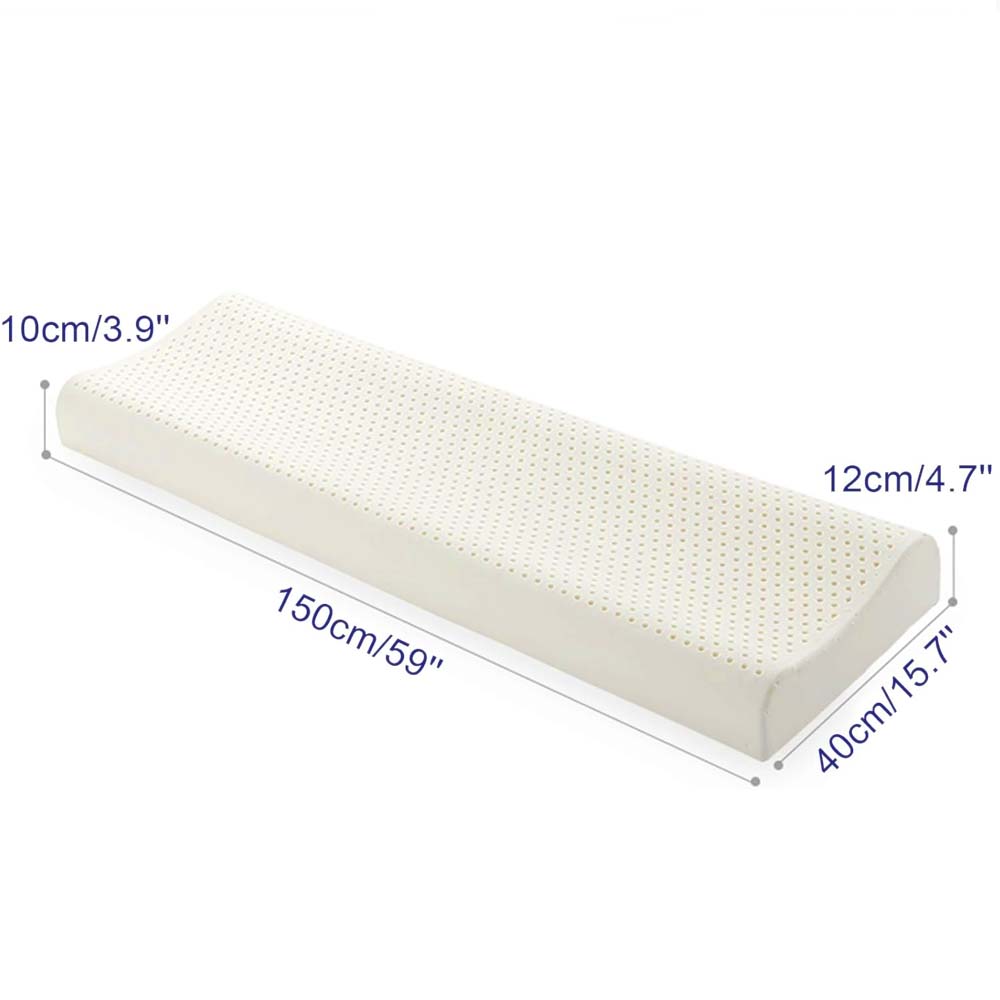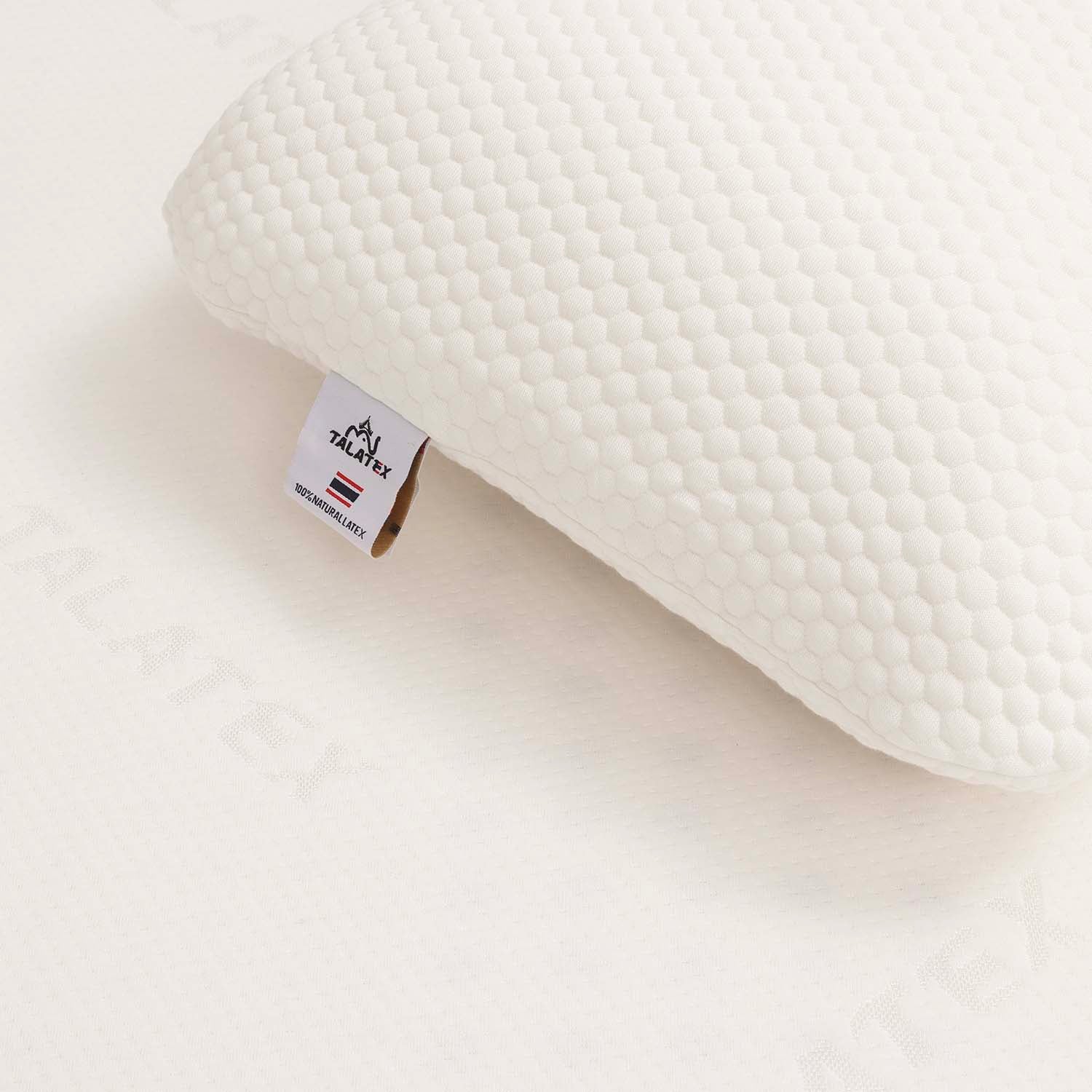Getting a good night's sleep is essential for our well-being, and one important factor that affects our sleep quality is the condition of our pillows. Latex pillows have become increasingly popular due to their comfort and support, but do you know that they can be cleaned as well? To ensure your latex pillow remains fresh, it's crucial to know how to properly clean and maintain it. In this blog post, we'll walk you through the simple steps to clean your latex pillow, so you can enjoy a restful night's sleep on a clean and cozy surface.
Step 1: Check the Care Instructions:
Before you begin cleaning your latex pillow, it's important to check the care instructions provided by the manufacturer. Each brand may have specific recommendations or restrictions for cleaning. Following these instructions will help you avoid damaging your pillow or voiding its warranty.
Step 2: Spot Cleaning:
For minor stains or spills, spot cleaning is usually sufficient. Start by mixing a mild detergent or liquid soap with warm water in a bowl. Take a clean cloth or sponge and dip it into the soapy water, ensuring it's not too wet. Gently dab the stained area, being careful not to saturate the pillow. Avoid rubbing vigorously, as it may damage the latex material. Once the stain lifts, use a clean, damp cloth to rinse the area thoroughly. Allow the pillow to air dry in a well-ventilated area, away from direct sunlight or heat sources.
Step 3: Hand Washing:
If your latex pillow requires a more thorough cleaning, hand washing is recommended. Fill a bathtub or a large basin with lukewarm water and add a small amount of mild detergent suitable for delicate fabrics. Mix the detergent well until it dissolves. Submerge the latex pillow in the water, gently pressing it to allow the soapy water to penetrate the material. Let it soak for about 15 minutes to loosen dirt and oils. Afterward, drain the soapy water and refill the tub or basin with clean water. Rinse the pillow several times, gently squeezing it to remove any soap residue.
Step 4: Drying:
Proper drying is crucial to prevent mold or mildew growth. After thoroughly rinsing your latex pillow, remove excess water by gently pressing it between clean towels. Avoid wringing or twisting the pillow, as it may cause damage. Once towel-dried, place the pillow on a flat surface, such as a drying rack or a clean towel. Make sure it retains its original shape and allow it to air dry completely. Avoid using a dryer or exposing the latex pillow to direct sunlight or heat sources, as they can compromise its integrity.
Step 5: Routine Maintenance:
To maintain the cleanliness and longevity of your latex pillow, regular maintenance is essential. Here are some tips to keep in mind:
Use a pillow protector:
Investing in a quality pillow protector will shield your latex pillow from stains, dirt, and dust mites. These protectors are often breathable and machine washable, making them easy to clean regularly.
Air out your pillow:
Whenever possible, give your latex pillow some fresh air by placing it in a well-ventilated area. This helps remove any trapped odors and keeps the pillow fresh.
Fluff it up:
While latex pillows typically retain their shape well, giving them a gentle fluff occasionally helps redistribute the fill and maintain optimal support.
Avoid direct liquid contact:
While accidents happen, it's best to avoid direct contact between your latex pillow and liquids like beverages or oils. Promptly spot clean any spills to prevent stains from setting.
By following these simple steps and practicing regular maintenance, you can enjoy a clean and comfortable latex pillow for years to come. We recommend cleaning your latex pillow core once per quarter for the best balance between hygiene and lifespan. Pillowcases can be machine washed once per week though. Say goodbye to dirt and stains
Talatex Pillows:
Speaking of latex pillows, Talatex’s Premium Latex Pillow is one of the most advanced latex pillows available right now! Equipped with Talatex’s very own Active Wrapping System, which is specifically designed to relax your neck & shoulder muscles (particularly the levator scapulae muscle group) during sleep, it helps reducing the strain on the neck and shoulders, therefore reducing discomfort during the night. For more information, please visit our store here, and discover more about the benefits, particularly for those who have neck and shoulder pains!






















